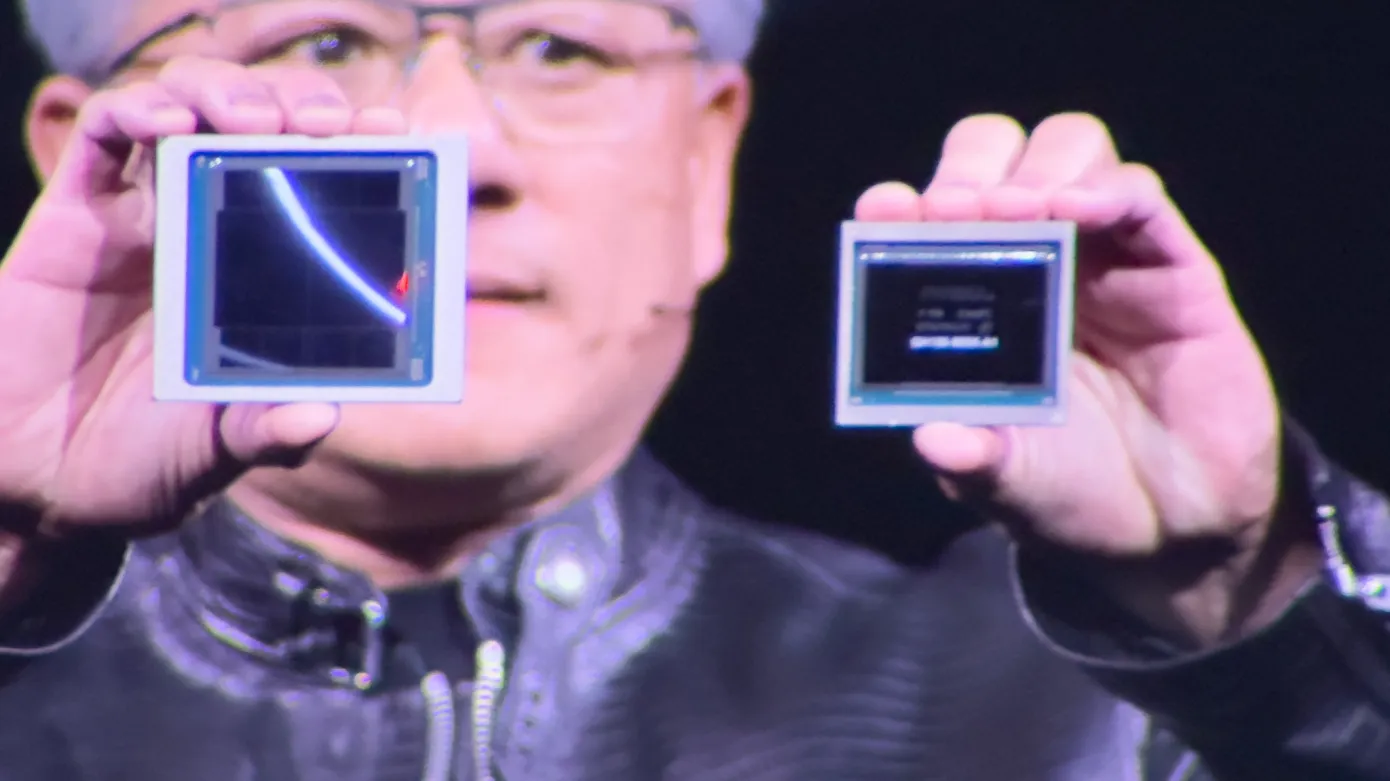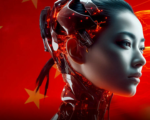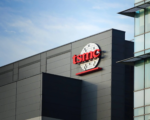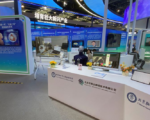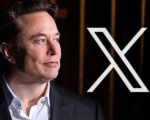“I hope you realize this is not a concert,” said Nvidia president Jensen Huang to an audience so large, it filled up the SAP Center in San Jose. This is how he introduced what is perhaps the complete opposite of a concert: the company’s GTC event. “You have arrived at a developers conference. There will be a lot of science describing algorithms, computer architecture, mathematics. I sense a very heavy weight in the room; all of a sudden, you’re in the wrong place.”
It may not have been a rock concert, but the leather-jacket-wearing 61-year-old CEO of the world’s third-most-valuable company by market cap certainly had a fair number of fans in the audience. The company launched in 1993 with a mission to push general computing past its limits. “Accelerated computing” became the rallying cry for Nvidia: Wouldn’t it be great to make chips and boards that were specialized, rather than for a general purpose? Nvidia chips give graphics-hungry gamers the tools they need to play games in higher resolution, with higher quality, and higher frame rates.

Monday’s keynote was, in a way, a return to the company’s original mission. “I want to show you the soul of Nvidia, the soul of our company, at the intersection of computer graphics, physics, and artificial intelligence, all intersecting inside a computer.”
Then, for the next two hours, Huang did a rare thing: He nerded out. Hard. Anyone who came to the keynote expecting him to pull a Tim Cook, with a slick, audience-focused keynote, was bound to be disappointed. Overall, the keynote was tech-heavy, acronym-riddled, and unapologetically a developer conference.


